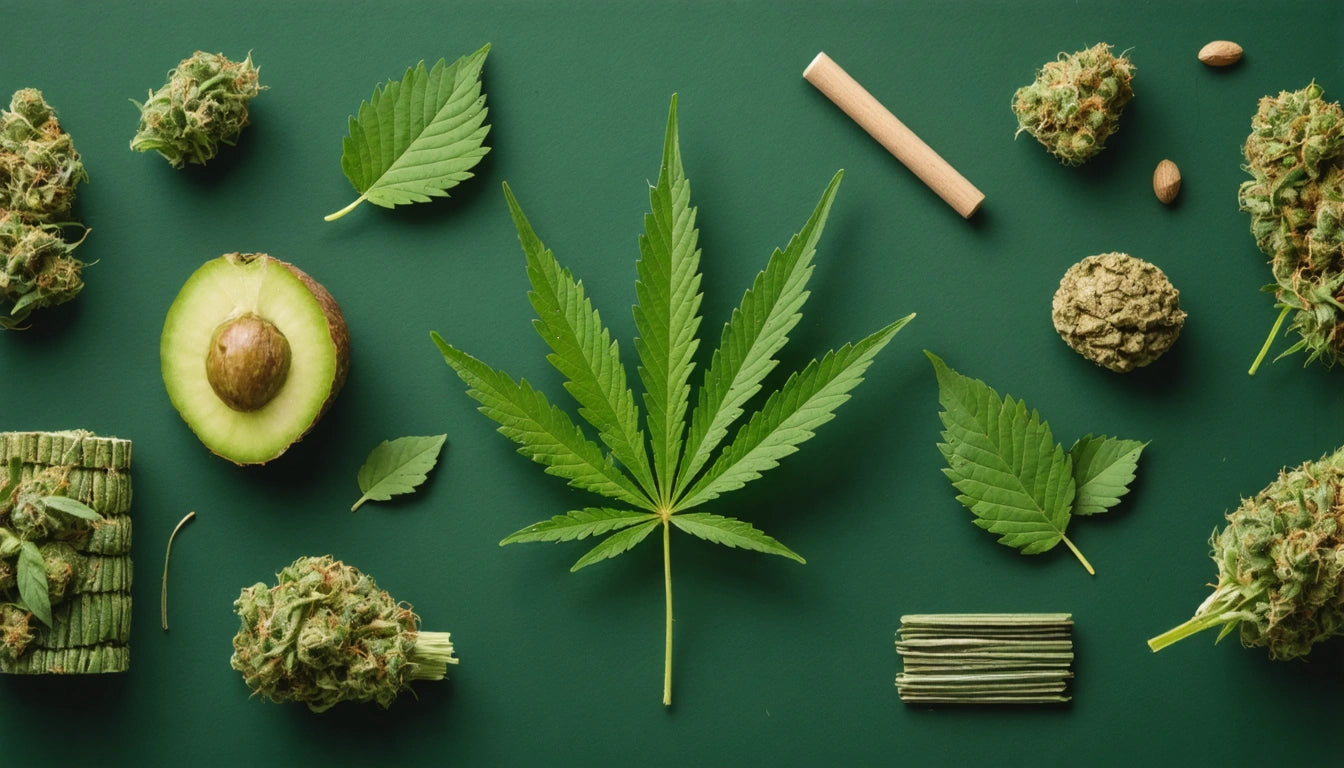Table of Contents
In the competitive cannabis market, packaging isn't just a container, it's a crucial marketing tool and brand ambassador. Before committing to thousands of units, smart cannabis brands utilize mockups and prototypes to validate designs, test functionality, and prevent costly mistakes. This strategic step can save significant resources while ensuring your packaging delivers the intended customer experience.
Understanding Packaging Mockups and Prototypes
Packaging mockups and prototypes serve different but complementary purposes in the development process. Mockups are visual representations that show how the final packaging will look, typically created digitally or as printed flat layouts. Prototypes, meanwhile, are physical samples that demonstrate both appearance and functionality.
As outlined in our guide to working with packaging designers, these preliminary versions help visualize concepts before investing in mass production. They allow brands to evaluate design elements, structural integrity, and compliance factors simultaneously.
Benefits of Prototyping Before Bulk Production
Risk Mitigation
Perhaps the most compelling reason to create prototypes is risk reduction. Discovering design flaws after producing thousands of units can be financially devastating. Prototypes reveal issues with:
- Child-resistance mechanisms
- Material durability
- Print quality and color accuracy
- Functional issues like opening/closing mechanisms
- Label placement and readability
According to our analysis of common packaging pitfalls, brands that skip prototyping are significantly more likely to encounter costly revisions later.
Compliance Verification
Cannabis packaging must adhere to strict regulatory requirements. Prototypes allow for verification that warning labels, THC symbols, and other mandated elements are correctly positioned and legible. This proactive approach helps prevent compliance violations that could result in fines or product recalls.
The Mockup Creation Process
Creating effective mockups involves several key stages:
Digital Design Phase
The process begins with digital designs that incorporate brand elements, compliance requirements, and structural specifications. Eye-catching design principles should be applied during this phase, focusing on shelf impact and brand recognition.
Material Selection
Material choices significantly impact both aesthetics and functionality. Selecting appropriate materials for your specific product type ensures that the packaging performs as intended while meeting sustainability goals.
Physical Prototyping
Converting digital designs to physical samples requires specialized equipment. Many cannabis brands utilize professional filling and packaging equipment to create accurate prototypes that reflect production capabilities. This approach ensures that what looks good in theory will also function properly in practice.
Testing and Refinement: Getting Feedback
Once prototypes are created, comprehensive testing should include:
- Focus groups with target consumers
- Dispensary feedback on shelf presence
- Shipping and handling simulations
- Child-resistance certification testing
- Production line compatibility checks
This feedback loop often reveals insights that weren't apparent during the design phase. For instance, packaging that looks stunning in digital form might prove difficult for budtenders to stock or consumers to open.
Cost Considerations and ROI
While creating mockups and prototypes represents an additional expense, it should be viewed as insurance against much larger potential losses. Consider these financial factors:
Prototype Investment vs. Production Mistakes
The cost of producing prototypes typically ranges from a few hundred to a few thousand dollars, depending on complexity and materials. Compare this to the potential loss from a full production run of unusable packaging, which could easily reach tens of thousands of dollars.
As discussed in our analysis of packaging ROI, brands that invest in proper testing and refinement consistently report higher long-term profitability.
Minimum Order Quantities
Understanding how minimum order quantities impact costs is crucial when planning your prototype-to-production timeline. Prototyping allows you to perfect your design before committing to these larger quantities.
Implementation Strategies for Successful Packaging Launches
To maximize the value of your mockups and prototypes, follow these strategic approaches:
- Start with digital mockups for initial concept approval
- Progress to physical prototypes for functional testing
- Conduct small focus groups with your target demographic
- Test with actual product to ensure compatibility
- Refine based on feedback before approving production
By following this methodical process, cannabis brands can develop packaging that not only looks compelling but also functions flawlessly in real-world conditions. This approach creates a seamless transition from brand differentiation strategy to practical implementation.
Ultimately, the investment in proper mockups and prototypes pays dividends through enhanced brand perception, reduced waste, and optimized production efficiency. In the increasingly competitive cannabis market, these advantages can make the difference between products that languish on shelves and those that fly into consumers' hands.











Leave a comment
All comments are moderated before being published.
This site is protected by hCaptcha and the hCaptcha Privacy Policy and Terms of Service apply.